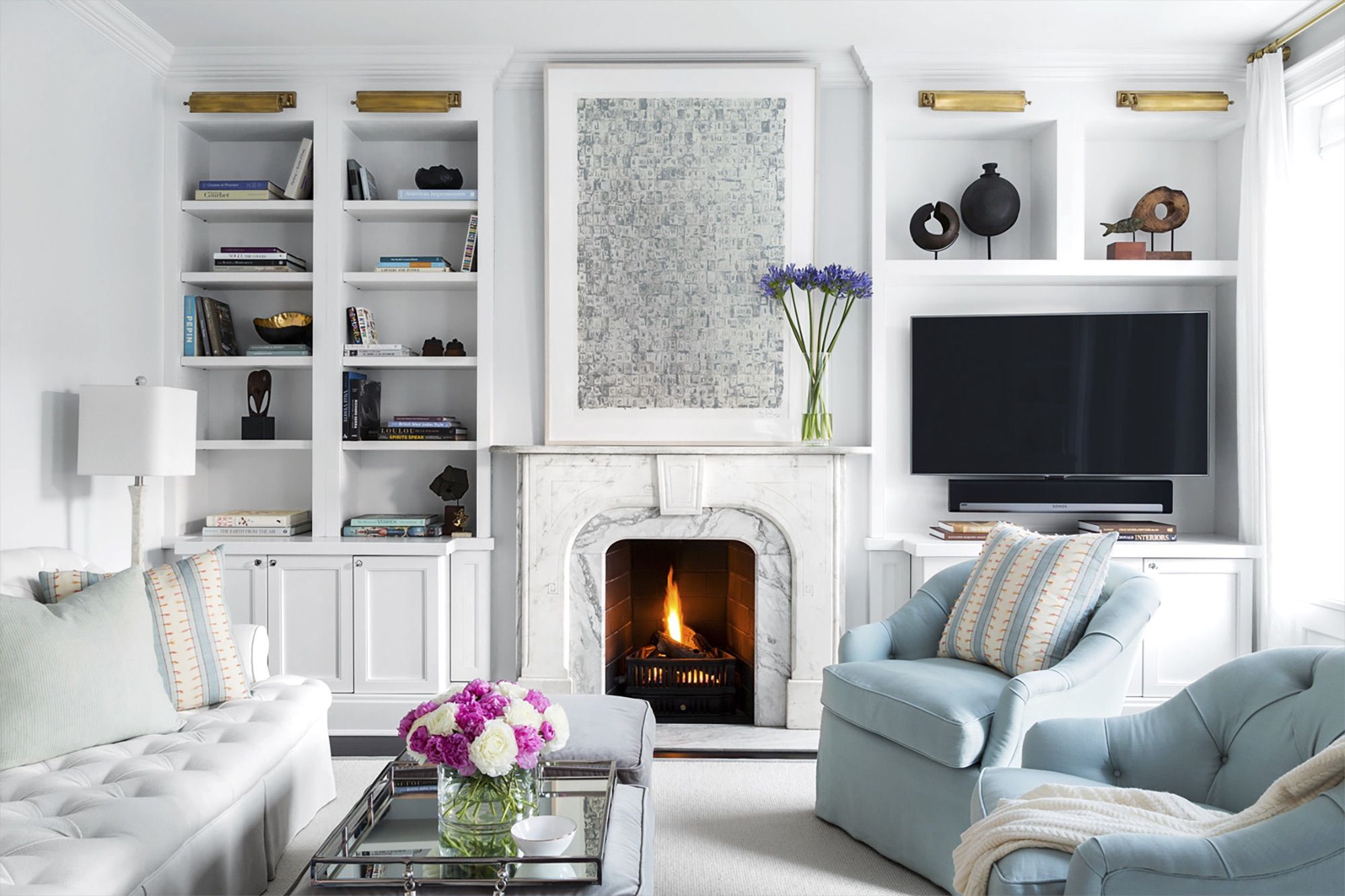Introduction
Designer lamps have a certain charm that makes them stand out from ordinary lighting fixtures. They are often exquisite, stylish, and sophisticated, bearing the signature of the person who created them. From the iconic works of designers like Arne Jacobsen, Eileen Gray, and Charles and Ray Eames, to contemporary designers like Tom Dixon and Philippe Starck, these lamps are true works of art.
The History of Designer Lamps
Designer lamps have a long and rich history, dating back to the early 20th century. The Art Nouveau movement, which emerged in the late 19th century, inspired many designers to create lamps that were both decorative and functional. In the 1920s, the Bauhaus school in Germany revolutionized design by emphasizing simplicity, functionality, and industrial production, which led to the creation of iconic lamps like the Bauhaus Lamp by Wilhelm Wagenfeld, and the Luxo Lamp by Jac Jacobsen.
The mid-century modern era of the 1950s and 1960s saw a proliferation of designer lamps that became icons of this era of design. The creation of lighting by designers like Gino Sarfatti, Serge Mouille, and Arne Jacobsen exemplified the minimalist, functional and modern approach of this era.
The Qualities of Classic Designer Lamps
Classic designer lamps have certain qualities that set them apart from other lamps. These qualities include:
Materials
Classic designer lamps are often crafted from high-quality materials such as metal, glass, and marble. These materials not only give the lamps a sense of durability and longevity, but also contribute to their aesthetic appeal.
Aesthetics
Designer lamps are known for their sleek, modern, and stylish appearance. They are often minimalist in design, with clean lines and simple shapes that complement any home décor.
Functionality
Designer lamps are not only beautiful to look at but also highly functional. They are designed to provide optimal lighting for various activities such as reading, working, or relaxing. The angle of light can be adjusted with ease and precision, providing the perfect amount of illumination.
Ergonomics
Designer lamps are created with the user in mind. They have adjustable arms, flexible joints, and customizable features that allow the person using the lamp to achieve optimal lighting and comfort.
The Significance of Classic Designer Lamps
Classic designer lamps have an undeniable significance in the world of design. They represent the pinnacle of creativity, craftsmanship, and innovation in lighting. These lamps are not only useful and functional but also objects of beauty and elegance that enhance the aesthetic appeal of any room.
Furthermore, classic designer lamps are often seen as cultural icons that are steeped in a rich history of design, art, and innovation. They are associated with the great names of design, such as Arne Jacobsen, Charles and Ray Eames, and Philippe Starck. Owning one of these lamps is not only a way to add a touch of sophistication and style to your home but also a way to connect with a rich legacy of design excellence.
The Future of Designer Lamps
The future of designer lamps is bright; designers are continuing to create stunning and innovative lamps that are functional, stylish and sustainable. Today, designers are introducing new materials and technologies that are environmentally friendly, energy-efficient and can seamlessly integrate with modern living spaces.
Most importantly, the classic designs of the past continue to inspire modern designers, and their influence can be seen in the latest designs. With modern technology and new approaches to lighting and design, the future is sure to bring more exquisite designer lamps that will delight and inspire.

